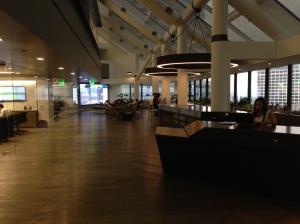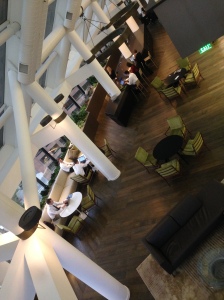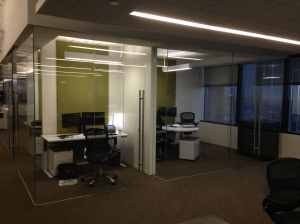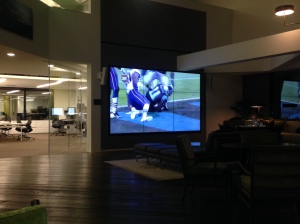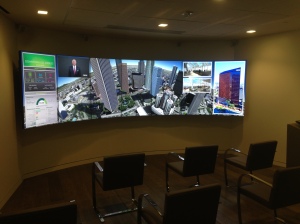High Hopes
Many of you may have looked at the title and assumed this is a review of Bruce Springsteen’s album of the same name. For this week, I will leave the reviews to others. Rather, this blog post will focus on my goals for 2014, a year for which I have many high hopes.
1. Move the Needle – We exclusively represent almost 2.5m square feet of Class A & B office space in the New Jersey market. My goal for 2014 is to significantly move the occupancy needle within our portfolio. How will I accomplish this? See numbers 2 & 3.
2. Utilize Technology – While technology may not lease space, my opinion is that it’s like chicken soup. It can’t hurt. We have recently hired View The Space for our building at Two Tower Center, and I am scheduling a web demo scheduled with Floored shortly. Staying up-to-date on all things tech related will help with both my landlord and tenant clients.
3. Think Creatively – In 2013, we were approached by a tenant that needed 56,000 sf, but also needed the rights to the entire parking lot for the 72,000 sf building we were representing. Taking a creative approach, we were able to secure a ten-year deal whereby the tenant pays rent on 56,000 sf, but operating expenses on the entire building. Without thinking outside of the box, the deal doesn’t happen. I plan to continue that practice this year.
4. Pay It Forward – I always say I hit the lottery when it comes to my business partner, Joe Sarno. He has been a great mentor and friend for over 12 years. My job is to pay that forward with others that choose to work with us and make sure that they are successful in their careers. My 2014 will not be a success if theirs isn’t.
5. Road Trips – The year won’t be complete without a trip to Disney with my kids. If I can sneak in a trip to see Bruce Springsteen either in North America or Europe, it’s a bonus.
6. Generosity – I want to be more charitable this year than last. That doesn’t mean just writing checks. I have a project I am working on with The WindMill and Sabrett that will be announced this summer, and I look forward to working more with Jeremy’s Heroes this year.
7. Workplace 360 – As I wrote last November, I was amazingly impressed with the new CBRE offices in Los Angeles. I want to do my part in transforming our office environment in East Brunswick to a similar model. Having state-of-the-art offices will help us better advise our clients, as we will have experienced the shift from old to new.
8. NeuerSpace – I would like to write more in 2014, with a goal of 40 new posts for the year. That said, I promise not to put out mediocre material just for the sake of the numbers. I would love to grow my readership which will only happen with thoughtful content. Speaking of which, did you know you can subscribe to NeuerSpace and receive an email every time a new post goes live? Look at the box in the top right corner of the screen.
9. Be Better – If you aren’t moving forward, you are moving backwards. My last goal for 2014 is to be better in every facet of my life. It may be impossible, but I am going to try to be a better father, friend, partner, son, brother, broker, etc.
What did I miss? What are some of your goals? If you are reading this and think you can help with any of mine, I welcome the assistance and am happy to reciprocate.
Wishing you all the best in 2014 and beyond.
JN
